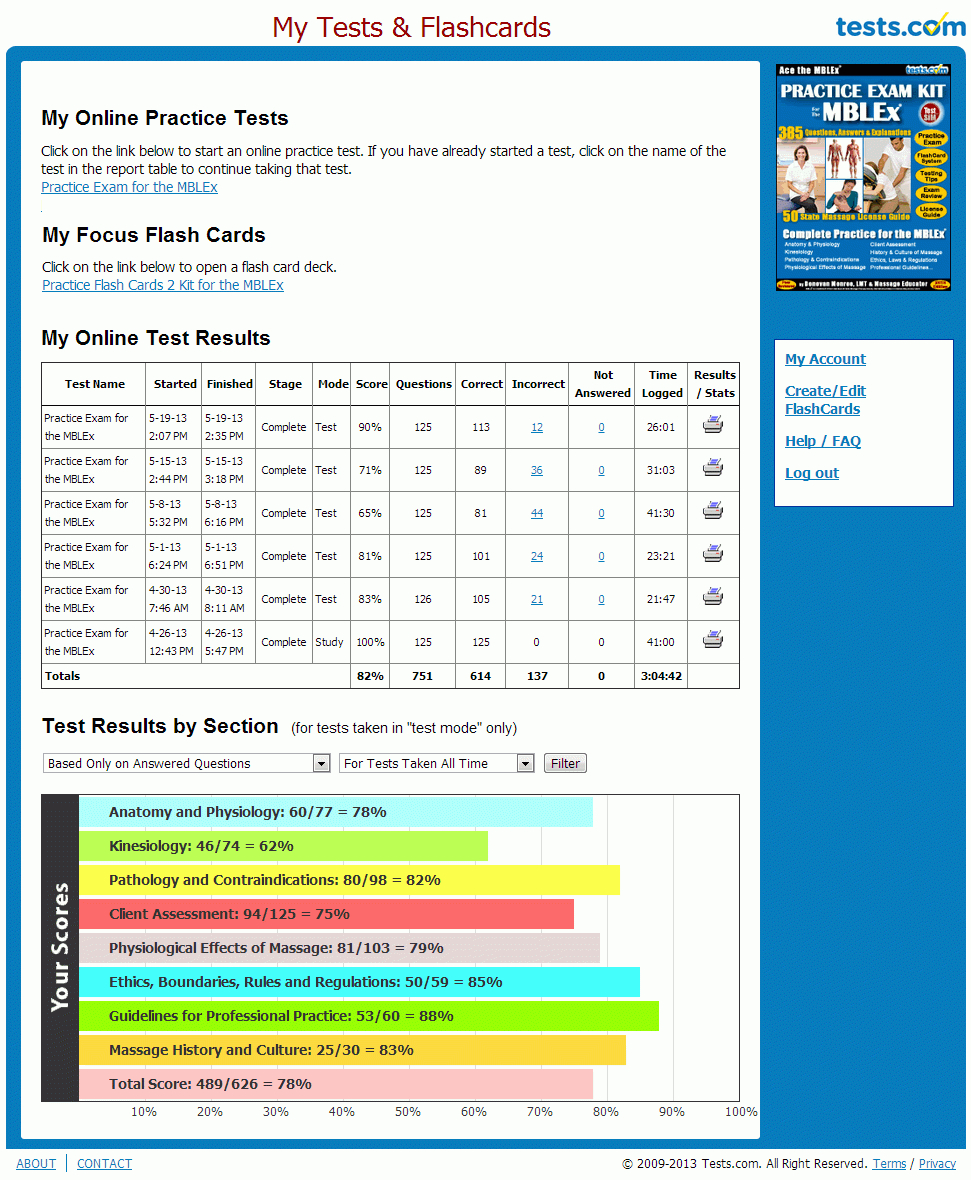
We can introduce mathematical vocabulary through the use of written and spoken language, visuals and manipulatives to support a broad range of students. For example, when reading numbers, the teacher can model place value by reading the number “one hundred and nine” rather than “one ‘O’ nine.”Īs a teacher, we know that it is important to support the different learning needs and styles of our students in all content areas, including math. When students hear mathematic vocabulary pronounced correctly and frequently by their teacher, they begin to internalize the terms for future use. As teachers, our modeling of content vocabulary and terminology can be impactful for students. Teachers can create opportunities for students to develop strong academic language in math instruction while also supporting students’ confidence and self-efficacy in their math skills. Complex math skills illustrated within literature help students to develop concrete understanding of abstract math concepts. An additional benefit to incorporating literature in math instruction is to illustrate concepts and bring to life the linguistic support. Scaffolded instruction in math using literature provides unique opportunities for students to have frequent exposure to terminology, demonstration of math concept relationships through characters and application of situational context using complex math skills. Familiar characters from their favorite stories can then be used to assist in student recall as we look to build upon math concepts in a scaffolded structure. Many children’s literature authors have identified ways to introduce math concepts and reduce feelings of intimidation of math through relatable characters, fun stories, diverse cultures and interesting settings. We can use literature to assist students with math concepts, by presenting them in a familiar and comfortable manner such as math stories. Integrating Literacy into Math Using Literature Instructional plans need to include modeling of content literacy and ample opportunities for students to practice their emerging mathematical literacy. Math, as a content area, includes the development of literacy skills such as reading, writing, listening and speaking as they relate to developing functional and applicable skills in math.

As teachers, we need to remember that math instruction is more than algorithms and rote memorization.


Literacy is an important skill across all content areas.


 0 kommentar(er)
0 kommentar(er)
